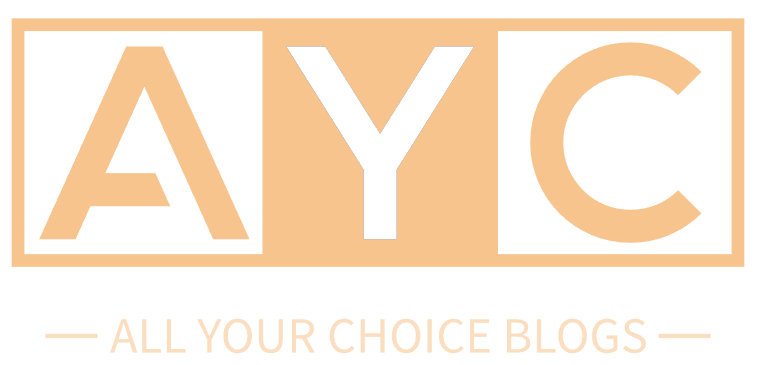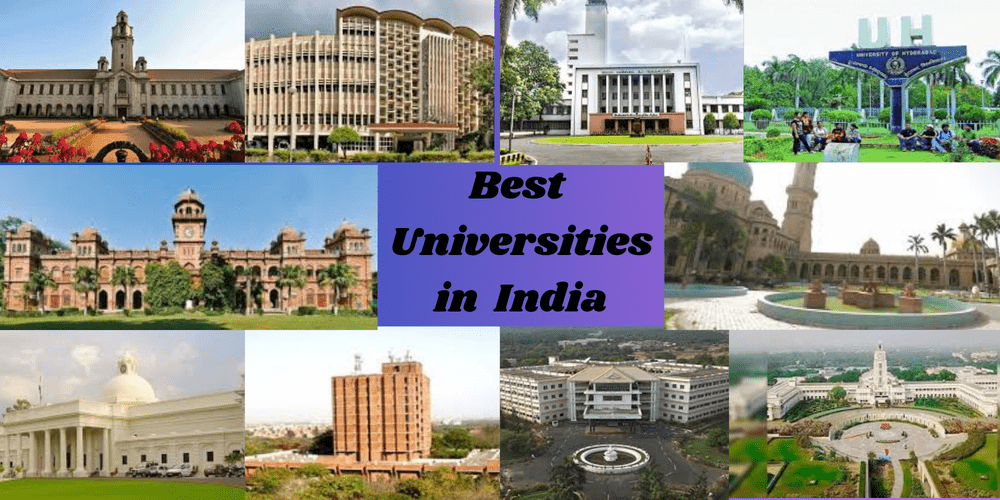Introduction
SpiceJet is a well-known low-cost airline in India with its headquarters located in Gurgaon, Haryana. With a 4% market share, it is ranked sixth in India as of June 2024 for domestic passenger transported. SpiceJet has bases in Hyderabad and Delhi and operates to 73 destinations, of which 60 are in India and 13 are outside. Founded in 1994 as ModiLuft, it was taken over by Ajay Singh and renamed as SpiceJet in 2004. The airline started flying in May 2005, and it now flies a fleet of Bombardier Dash 8 and Boeing 737 aircraft.
History
1984–1996
Indian businessman S. K. Modi established SpiceJet in March 1984 with the goal of providing private air taxi services. On February 17, 1993, the airline, then known as MG Express, partnered with Lufthansa on a technical level. It offered passenger and cargo services under the name Modiluft until 1996, when it ceased operations.
2005–2013
After acquiring the business in 2004, Ajay Singh rebranded it as SpiceJet, emphasizing the low-cost concept. In 2005, the airline started operating between Delhi and Mumbai after leasing two Boeing 737-800 planes. SpiceJet rose to become the third-biggest low-cost airline in India by July 2008. Kalanidhi Maran purchased a 37.7% share in June 2010. The airline placed orders for 15 Bombardier Q4 Dash and 30 Boeing 737-8 aircraft. In spite of difficulties such as losses in 2012 as a result of higher crude prices, SpiceJet earned a profit later that year.
2014–present
When Ajay Singh acquired control of SpiceJet in January 2015, Sun Group sold its interest in the airline. The airline placed an order for 25 Q400 turboprop aircraft in September 2017. Jet Airways sold 30 of its grounded aircraft to SpiceJet in 2019. The airline experienced difficulties, reporting a 28% drop in revenue and a net loss of US$34.6 million for the fiscal quarter that ended in March 2021. $337.2 million was raised in order to ensure long-term viability. Following mishaps involving aircraft equipment, the Directorate General of Civil Aviation launched a safety inquiry in May 2022. With a 4% market share as of June 2024, SpiceJet is ranked sixth in India for the number of domestic passengers carried.
Corporate affairs
Business trends
Revenue (in ₹crores) ₹6,304 in 2014 surpassed ₹8,874 in 2023.
Net profit, expressed in crores, varied over time, falling between -₹1,003 in 2014 and -₹1,513 in 2023.
Increased from 5,639 in 2014 to a peak of 14,578 in 2021, the number of employees fell to 7,131 in 2023.
Passenger count (m) increased to 12.74 million in 2023 from 13 million in 2014.
In 2023, the passenger load factor (%) increased from 72% in 2014 to 87%.
The size of the fleet increased from 58 in 2014 to 114 in 2020 before declining to 76 in 2023.
Ownership and structure
As of January 2024, SpiceJet’s market value was around ₹4,255 crore (US$510 million). The company is listed on the NSE and trades publicly under the ticker SPICEJET. On March 30, 2020, HDFC bought 3.4 crore shares of the company from the open market, gaining a 5.45% ownership position.
Destinations
With hubs in Delhi and Hyderabad, SpiceJet operated flights to 73 destinations as of June 2024, including 60 domestic and 13 international locations. Hyderabad is the airline’s primary base of operations for its fleet of Bombardier Q400 aircraft. After five years of domestic service, SpiceJet started operating internationally on October 7, 2010, with its inaugural flights departing from Delhi to Kathmandu and Chennai to Colombo. This was done after receiving approval from the Directorate General of Civil Aviation on September 7, 2010.






